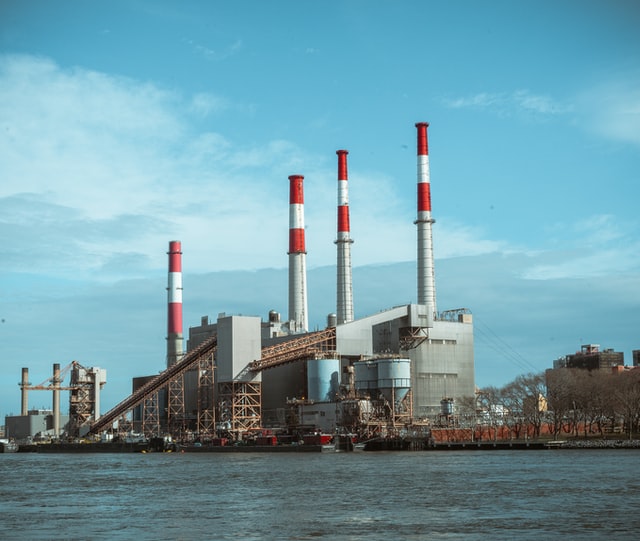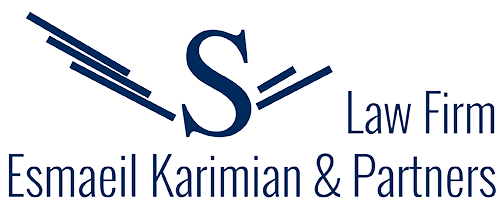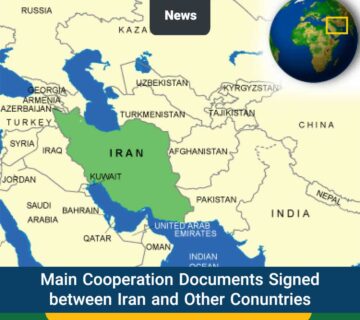In this article you will read:
Construction Phase of Power Plant Projects
Introduction
Among the attractive contractual systems in investment projects in Iran, contracts for the construction of both thermal and renewable power plants, such as solar and wind are unique.
These projects, which are a part of the energy law in the legal classification, in addition to contractual mechanisms, require obtaining numerous licenses from TAVANIR, TPPH (Thermal Power Plants Holding Company) or SATBA (Renewable Energy and Energy Efficiency Organization), regional electricity administrations of provinces, natural resources and so on.
In this section, we try to study some of the legal and contractual aspects of these projects and analyze them based on our practical experiences as a lawyer and legal advisor of foreign companies in Iran.
Power plant projects, especially thermal power plants, are among the projects that are implemented based on the model of Build, Operate and Transfer (BOT) or Build, Own and Operate(BOO).
The Contractual arrangement which is common in Iran for the conversion of Gas to Electricity and often negotiated and concluded under the BOT model is “Energy Conversion Contract” or ECA.
For example, in the “Assaluyeh Gas Power Plant” project, which is based on the Energy Conversion Agreement (ECA) between the Ministry of Energy (Tavanir) and the Assaluyeh-Mapna power generation company in July 2006, the objectives of the parties regarding the nature of the contract are as follows:
“Article 2. The Object of this Agreement is to set out the terms and conditions on which the Company undertakes to design, engineer, finance, supply, transport to the Site, construct, install, test, commission, operate, maintain, repair and manage the Power Station on a Build-Own-Operate basis and sell the dependable Net Capacity and Delivered Energy to Tavanir and Tavanir undertakes to purchase the said dependable Net Capacity and Delivered Energy generated by the Power Station from the Company.”
The construction phase of power plant projects under the BOT model is typically implemented in form of EPC or “Engineering, Procurement and construction” contracts, and the project company (SPV) signs the construction contract with the EPC contractor.
Main Features of EPC Contracts
- The nature of EPC contracts is such as all elements of the project including Engineering, Procurement, and construction are reasonably connected In these contracts, the EPC contractor assumes all the responsibilities & risks of the construction phase.
- On the other hand, the EPC contractor will be in charge of the management of the construction operations and in terms of methods of design, implementation and construction will have relative freedom of action and control.
- EPC contracts are usually concluded based on a fixed price model and the contractor is obliged to complete the construction phase of the project at the agreed price. Such an arrangement is especially desirable for lenders, because the costs of construction operations and its financing will not be affected by future changes.
- In these contracts, the time schedule is very important for all the involved parties; As such, any delay in the completion and delivery of the facility will cause the contractor to pay the penalties related to the liquidated damage of the This condition is designed to protect the project company against delays in completing the facility and to cover the interest on the loan.
You might also be interested in :
- In drafting EPC contracts, the force majeure clause is very important due to the existence of two fixed elements, namely price and completion time. Because of the various obligations and risks that the contractor incurs, he may resort to this condition during the construction operation and with the occurrence of fundamental changes in the conditions governing the project and increase in costs, refuses to fulfill his obligations. Therefore, the Events of Force Majeure in the contract should be adjusted according to the situation in the country where the project is implemented.

- The nature of EPC contracts is such that the contractor, despite accepting the most responsibility and risk, always seeks to increase the contract amount on the one hand and insert the terms of the limitation of liability on the other hand. In contrast, the project company and other actors involved in the project, especially the lenders, seek to extend the responsibility of the EPC contractor Because most of the project company’s capital, including loans and equity shares of sponsors, is spent on construction operations, and any disruption in this operation jeopardizes the efficiency of the entire project.
- Due to the fact that, in the EPC contract, the construction of the facility is completed and delivered to the employer within a specified time, the condition for the contractor to retain responsibility after this time is of great importance to the employer. Therefore, in order to repair the hidden defects in the constructed facilities, it is necessary to determine the time period after which the contractor is still responsible after the completion and delivery of the project, and to obtain the necessary guarantees in this regard.

- In a regular EPC contract, the Contractor undertakes the following in accordance with the specifications set forth in the Technical Specification of the Contract:
- Engineering, Procurement and construction of facilities, within a specified period;
- Construction and completion of facilities, in exchange for receiving a predetermined fixed amount;
- Ensuring the performance and efficiency of the facility based on the specifications stipulated in the contract and its annexes.
- In addition to the above, technological risks may be transferred to the contractor.
Our team is composed of highly skilled and versatile lawyers who combine practical experience and academic knowledge of their field. Most of our practitioners have worked in different professional environments, often outside their home jurisdiction.





No comment